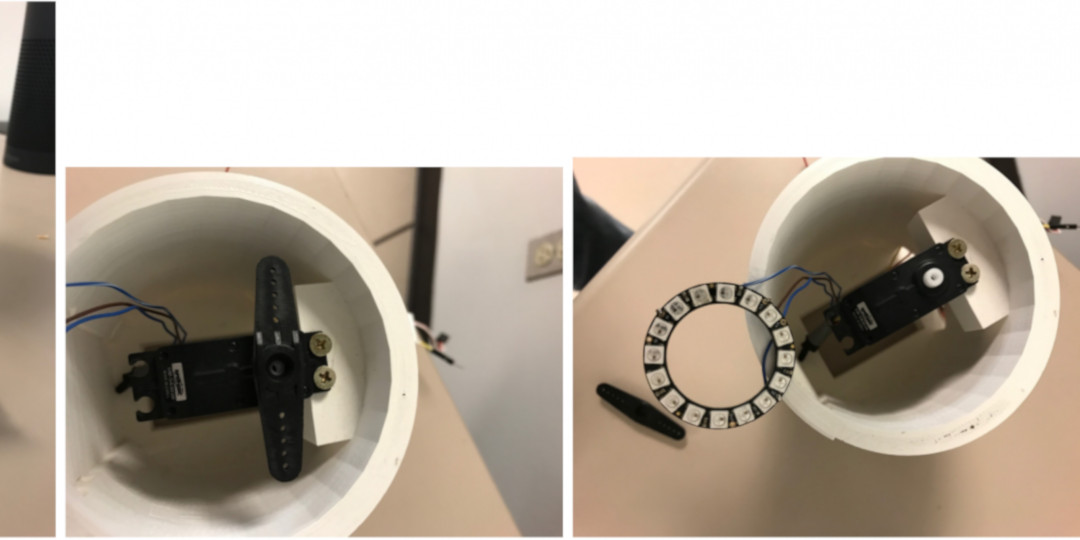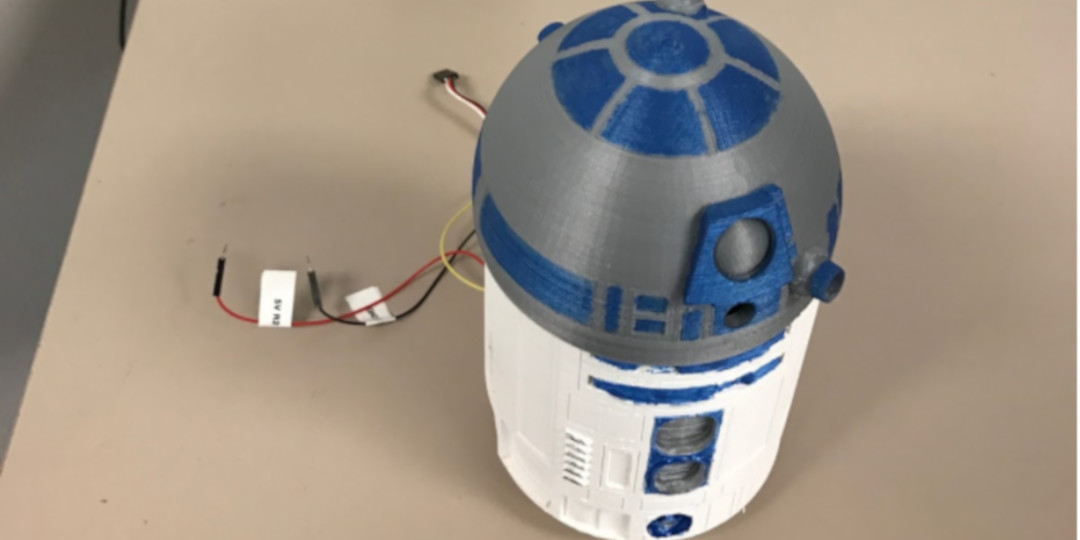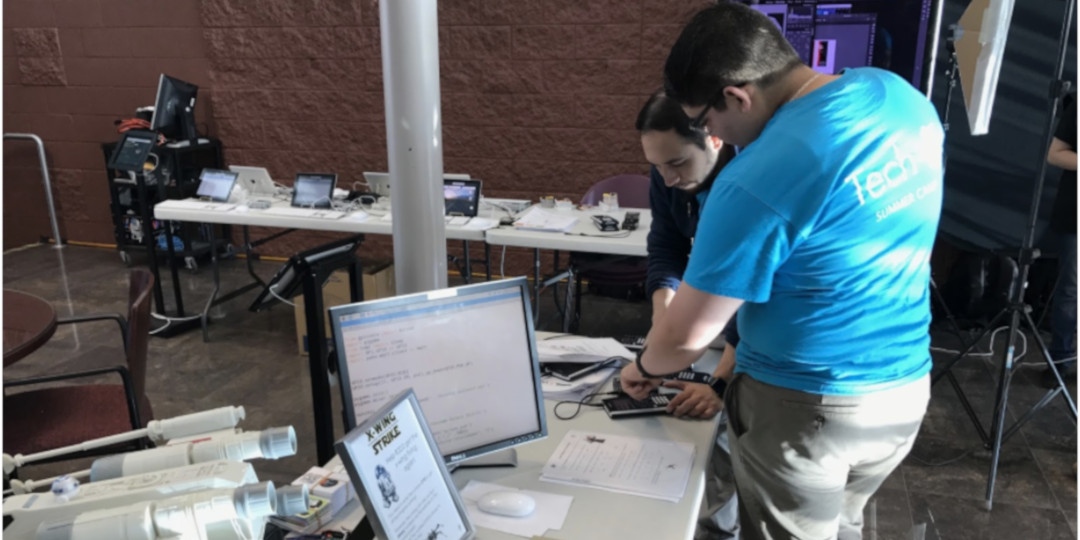Mike Pitcher shares about a project he worked on at The University of Texas at El Paso that utilized 3D printed models and Arduino microcontrollers to engage K-12 kids in computer science and design.
As part of our outreach programs to K-12 we are always looking at ways to engage kids’ interest in the various STEAM-related fields by making the point of entry both fun and challenging. For one of our most recent experiences we took the concept of Star Wars and brought that universe to life in a variety of ways to showcase how a wide range of STEAM skills can be utilized.
First up, we wanted kids to experience the creation of a movie poster utilizing the digital arts. The students used 3D printed props to bring a sense of realism to the set. As you can see, some of the 3D printed items looked outstandingly realistic when painted and finished. Below you can see two examples of 3D printed parts which were later used in the digital poster creation session. The mask is actually four separate pieces that were produced on an Ultimaker 2, and then glued together and painted. Another prop was a 3D designed and printed “Han Solo” style blaster.
Randy Anaya seen painting the "Han Solo" style prop for the "digital movie posters activity"
These items were used as Star Wars props in an activity where the students brought in their own photos and learned real-life photography and digital arts skills. The activity was to create movie posters for versions of Star Wars where they were the featured characters.
While the posters were a success, we wanted to engage kids in all areas of STEAM. While digital arts were the most engaging and visually interesting, we wanted the students to get hands-on experience utilizing other 3D designed and printed items, while also working with servos, computer programming, etc.
Students designed R2D2-style droids and then added servo motors along with Arduino microcontrollers. The Arduino was then programmed to connect to an Amazon Alexa, making an Internet-of-Things-enabled R2D2 which the students could then command with their voices to move and turn lights on and off. As can be seen below, the R2 unit uses a 3D printed shell which was then hand painted by students. Students then mounted a servo motor inside the shell and installed an LED. This allowed for R2D2 to both rotate his head as well as change the flashing LED sequence. The various parts can be seen below in the various stages.
One of the biggest challenges for students was selecting the correct positioning of a servo to allow the R2D2 to rotate his head in a natural fashion, rather than have it extend out over the sides of the design.
The R2D2 was connected to an Arduino and then programmed by the students to allow an Amazon Alexa to control it utilizing voice commands. In the future, we hope to expand on this experience to allow students a chance to give the R2 unit servos underneath so that the droid could actually move, but for simplicity's sake and time constraints, the only challenge included in this activity was to create an R2D2 with a head that moved and LEDs that changed.
To continue our exploration of the Star Wars universe and STEAM fields we incorporated a digital logics circuit activity into an X-Wing fighter in which kids had to convert a decimal number to a binary one to complete a circuit and allow the X-Wing to take off with the correct command codes using a series of switches. Due to time constraints we had to use a pre-built ship rather than allow students to design and create one from scratch; while they did get to practice with digital circuit design we would have loved to have been able to expand on the experience and have them build a ship with an integrated circuit from the ground up. That is our goal for the next time as the current model showed us that such an activity would be a huge success.
Hector Lugo and Sebastian Moncayo are seen setting up for the Binary Conversion Activity next to the X-Wing to test the launch codes solutions
Overall we had over 900 students participate in the various stations and activities. The feedback has been hugely positive and we look forward to continuing such projects. These are some of our first steps to creating a K to I (Kinder to Industry) pipeline in the fields of 3D printing/design and cyber security.


















